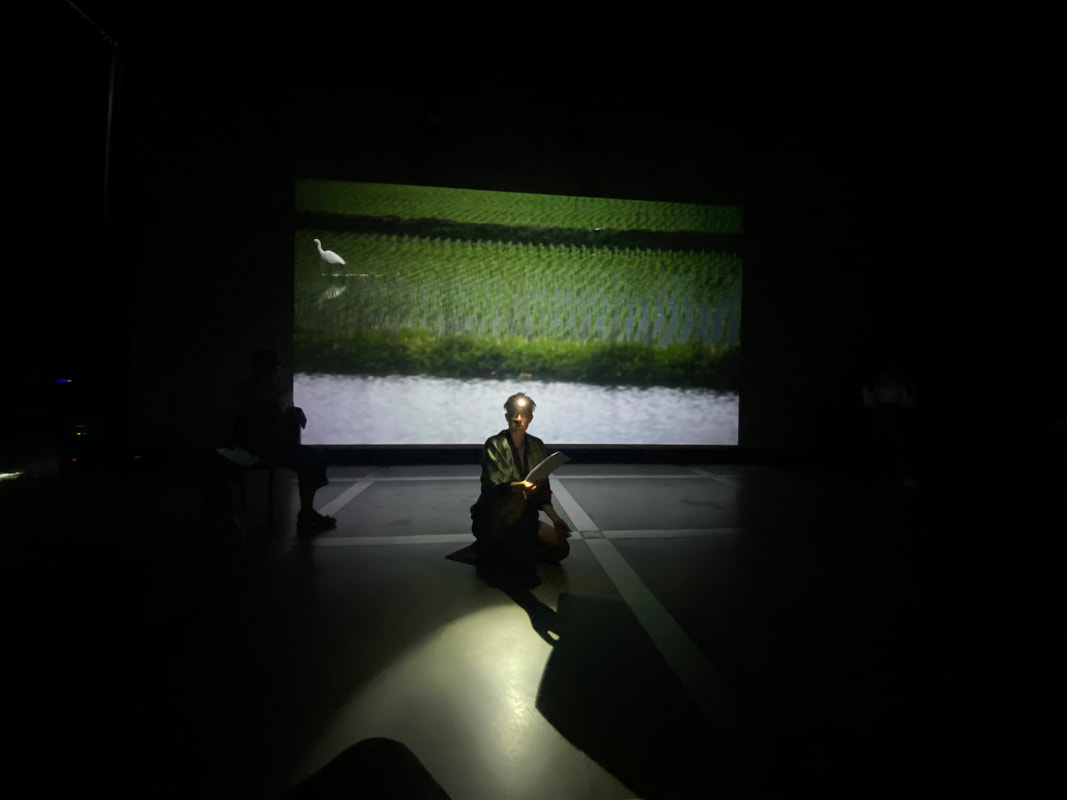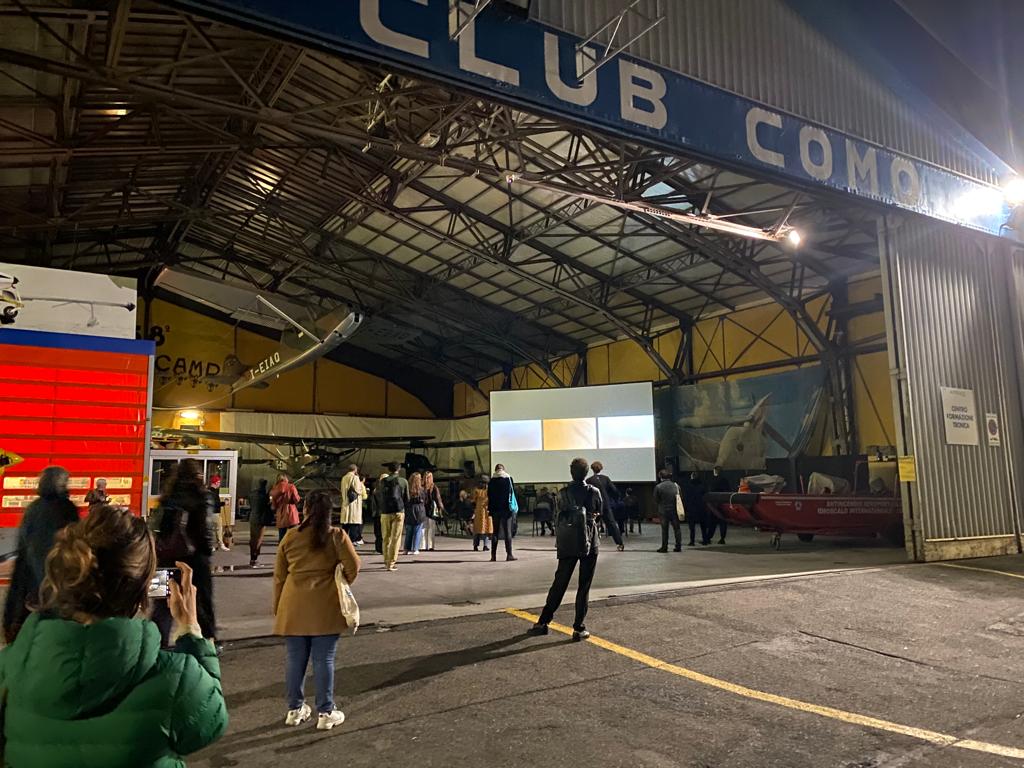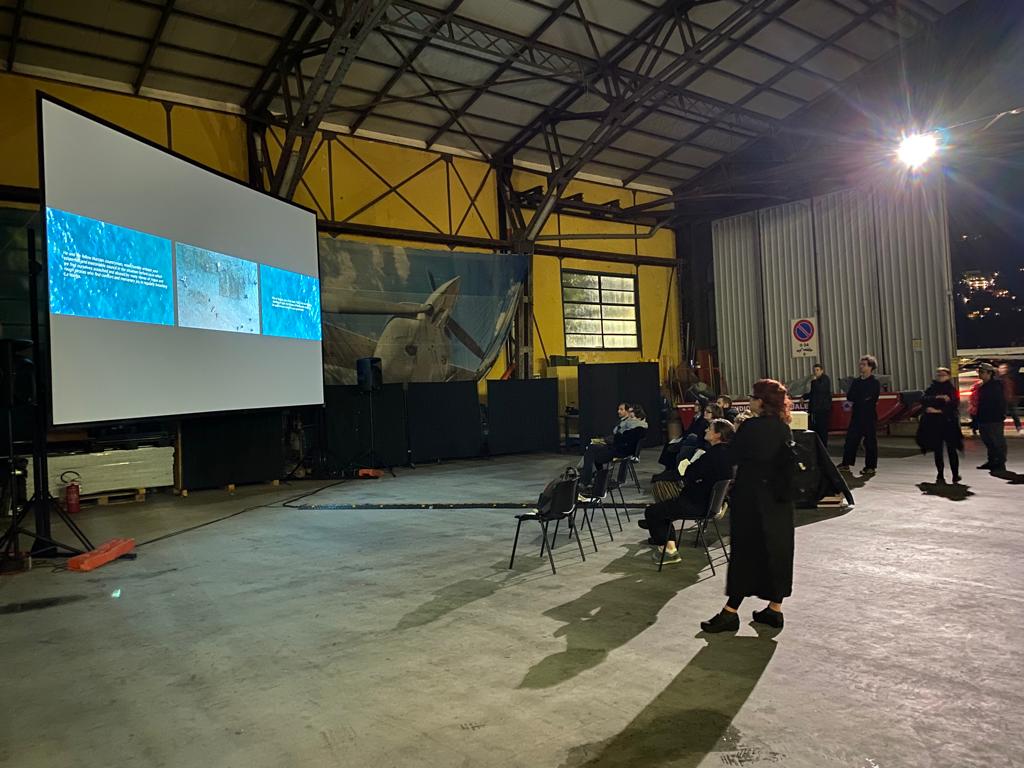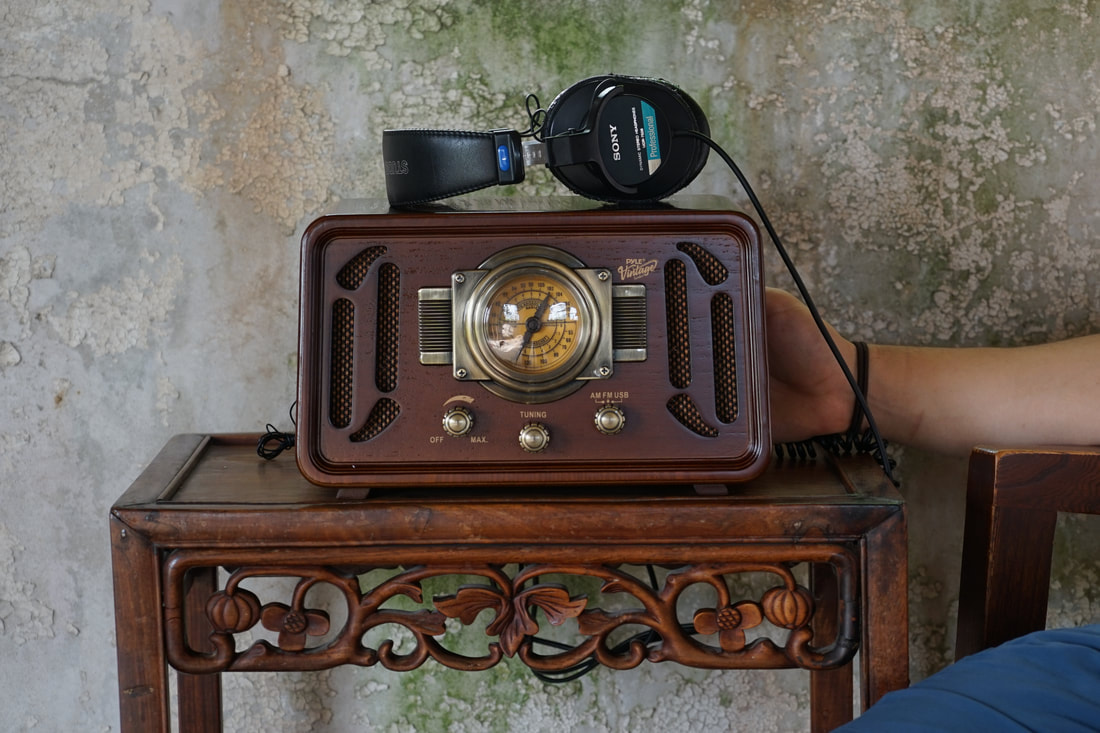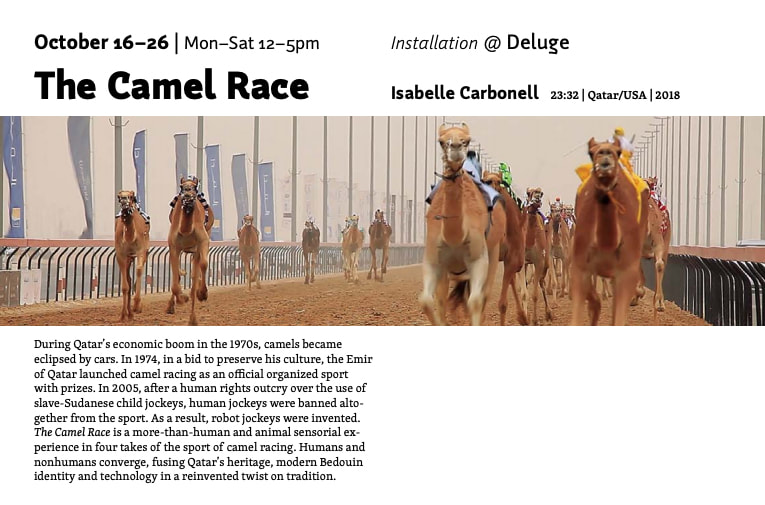installations
The Golden Snail Opera (2016/2019)
performance edition: Helsinki Biennial & Nuit Blanche in Toronto
NUIT BLANCHE ETOBIOKE PERFORMANCE & INSTALLATION: FOUR LIVE PERFORMANCES THROUGH THE NIGHT OF SEPTEMBER 23, 2023
HELSINKI BIENNIAL PERFORMANCE: JUNE 10, 2023 AND AUGUST 2023
HELSINKI BIENNIAL PERFORMANCE: JUNE 10, 2023 AND AUGUST 2023
The Golden Snail Opera combines video and performance-oriented text into a genre-bending o-pei-la. This piece is a multispecies enactment of experimental natural history considering the “golden treasure snail,” imported to Taiwan in 1979, which is now major pest of rice agriculture. Whereas farmers in the Green Revolution’s legacy use poison to exterminate snails, a new generation of “friendly farmers” attempts to insert farming as one among many multispecies life ways within the paddy.
This film was co-created and published as a film AND text piece for the Cultural Anthropology journal. This means it is supposed to be viewed while reading an article alongside. The interface and original article can be found here. The self-contained 2019 version of the film, made for the Taiwanese farmers, can be found under the "films" link.
This film was co-created and published as a film AND text piece for the Cultural Anthropology journal. This means it is supposed to be viewed while reading an article alongside. The interface and original article can be found here. The self-contained 2019 version of the film, made for the Taiwanese farmers, can be found under the "films" link.
Medusa's Mirage: A Tidal Opera
WORK IN PROGRESS
Medusa’s Mirage: A Tidal Opera is an eco-surrealist three-channel film installation unfolding over the time period of a single tidal cycle of twelve hours. This work explores how the Mar Menor lagoon, a beachside paradise in southeastern Spain, is also the site of accumulating and devastating environmental violence. Bringing together original footage, archival and animated media collage, experimental sound design and music, this work challenges its viewers to “stay with the trouble”— to learn to attune to a type of slow violence, to decenter the human, and rethink different possible futures.
As a microcosm of anthropogenic climate change and environmental catastrophe, Mar Menor, a hyper-saline lagoon located on the Mediterranean coast of southeastern Spain, demonstrates a waterscape of intersecting histories. With this twelve hour, three-channel film installation, viewers are invited to consider how this place, considered by many as a beachside paradise, hides a long history of the unintended consequences of human activity over the past 2,500 years. The lagoon has witnessed mining, industrial agriculture, jellyfish and algae blooms, invasive blue crabs, and most recently a near-total fish die-off. This multi-screen film seeks to center the more-than-human and deeply think through the concept of “slow violence” in content, approach, length, aesthetics, and bring to life our multispecies coexistence through a most extraordinary body of water.
Screened the "La Manga" chapter at the Livability Symposium in Como, Italy in October 2022, in the Aeroplane Hangar of Lake Como. Email for link to work.
As a microcosm of anthropogenic climate change and environmental catastrophe, Mar Menor, a hyper-saline lagoon located on the Mediterranean coast of southeastern Spain, demonstrates a waterscape of intersecting histories. With this twelve hour, three-channel film installation, viewers are invited to consider how this place, considered by many as a beachside paradise, hides a long history of the unintended consequences of human activity over the past 2,500 years. The lagoon has witnessed mining, industrial agriculture, jellyfish and algae blooms, invasive blue crabs, and most recently a near-total fish die-off. This multi-screen film seeks to center the more-than-human and deeply think through the concept of “slow violence” in content, approach, length, aesthetics, and bring to life our multispecies coexistence through a most extraordinary body of water.
Screened the "La Manga" chapter at the Livability Symposium in Como, Italy in October 2022, in the Aeroplane Hangar of Lake Como. Email for link to work.
Locust Projects: The Depths (2022)
Locust Projects presents The Depths, the fourth in a series of guest curated video exhibitions in Locust Projects’ Screening Room that launched in fall 2019. Guest curated by filmmaker and video artist, Beatriz Santiago Muñoz, the exhibition features works by Isabelle Carbonell (feat Blessed Assurance), Miguel Hilari, Los Ingrávidos, Sofía Gallisá Muriente and Sindhu Thirumalaisamy.
This series unfolds through relations of material and sensorial experience, they arise from an inseparability of what we think of as "place" from historical events or the deep time of geology from a multi-perspectival experimental film language. - Beatriz Santiago Muñoz, guest curator
Manifesta Biennial 13: Creative Ecologies (2020)
War ecologies call forth not just mutuality but collapse, survival within violence. Conflict involves corporate extraction and militarized assaults on environments and environmentalists, while multispecies life and coexistence fall under grave threat. what kind of pluriverse is possible in the face of different kinds of socioecological violence? War ecologies identify not only neoliberal enterprises using climate breakdown to introduce authoritarian politics, but also struggles – human and more-than-human – for ways to transcend the forces of socio-economic inequality and politico-environmental calamity.
Many Waters Biennial (2021)
Featuring The River in 24/7
HKW Berlin: The Shape of a Current (2020)
The current exacerbation of social, ecological and political lines of conflict in the United States reveal conflicts that have been concentrating around the Mississippi for some time. As tensions rise around racialized violence, ecological destruction and the Covid-19 pandemic, the historical path dependencies and social-political structures that made them become ever more apparent.
The installation The Current presents field studies by artists, scholars and activists who were involved in the HKW project Mississippi. An Anthropocene River and which sought site-specific approaches to planetary crises along the Mississippi River Basin; a river system that exemplifies current transformations of intertwining histories of earth and settlement, of the bio- and technosphere. The Current presents interdisciplinary research, methodological experiments and works of art that explore the ecological, political, social and technospheric interconnections of the Mississippi River. In the face of the deepening of old and new social divisions, the installation brings together projects that explore new perspectives and spheres of engagement based on solidarity and collaboration for a polyphonic practice of working, living, and surviving in the Anthropocene.
The installation The Current presents field studies by artists, scholars and activists who were involved in the HKW project Mississippi. An Anthropocene River and which sought site-specific approaches to planetary crises along the Mississippi River Basin; a river system that exemplifies current transformations of intertwining histories of earth and settlement, of the bio- and technosphere. The Current presents interdisciplinary research, methodological experiments and works of art that explore the ecological, political, social and technospheric interconnections of the Mississippi River. In the face of the deepening of old and new social divisions, the installation brings together projects that explore new perspectives and spheres of engagement based on solidarity and collaboration for a polyphonic practice of working, living, and surviving in the Anthropocene.
Songs of Mud (2019)
Songs of Mud is a sound installation exploring Brazil’s worst environmental disaster, and the world’s largest tailings spill ever recorded. On November 5, 2015, the foundations of an iron ore tailings dam from an iron mine in Bento Rodrigues, Brazil, suddenly cracked. Located at the top of a river, 60 million cubic tons of toxic sludge rushed down the Rio Doce, “The Sweet River.” Drowning two towns completely, the mud then made a 17 day march, 530 miles downstream until it spilled into the Atlantic Ocean. Deeply poisoning the water, this disaster effectively remapped an entire ecosystem. Songs of Mud is a sound installation which decenters the human, dives into the river, and looks at the more-than-human livability possible in the anthropocene.
The Camel Race (2019)
Antimatter, Victoria, BC
University of California Underwater Concert: Submerging Artists (2016)
Featuring Tomo/veillance
